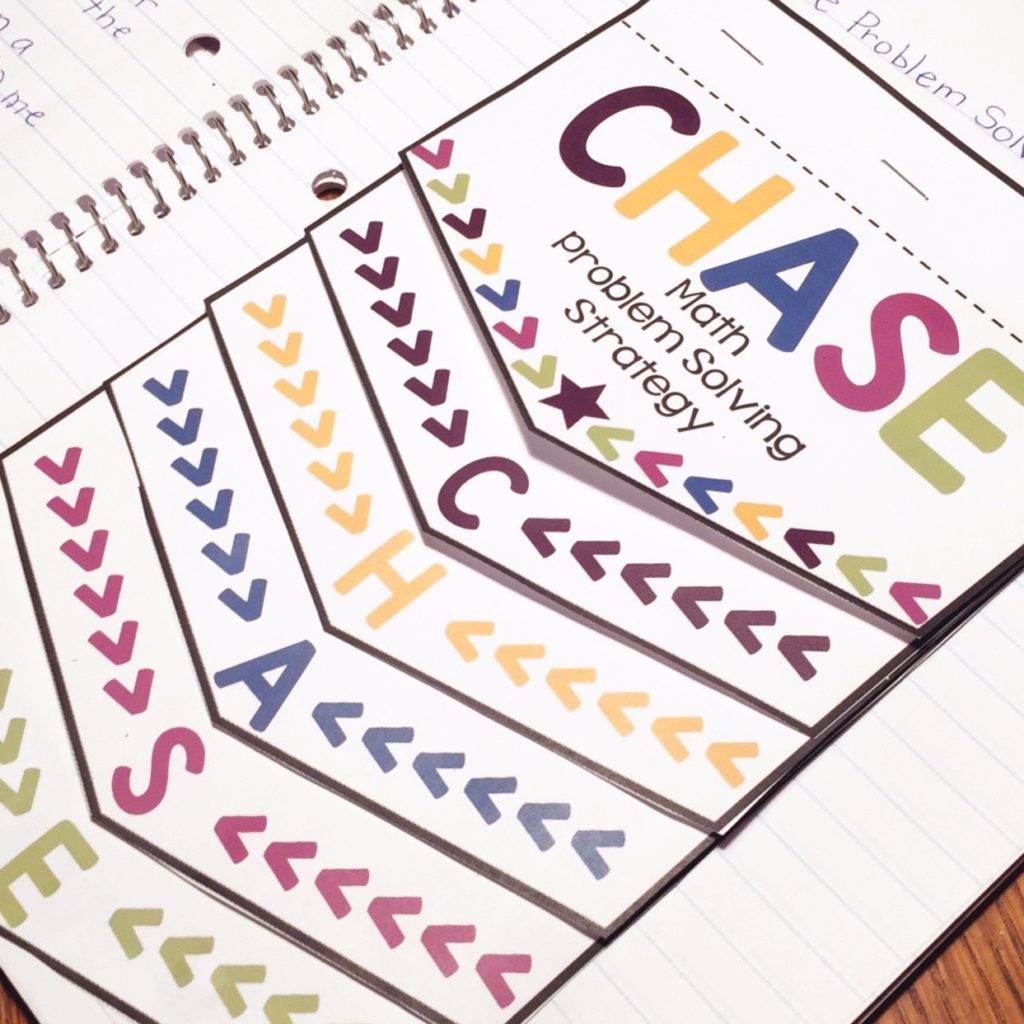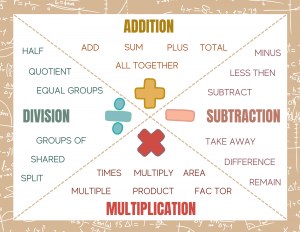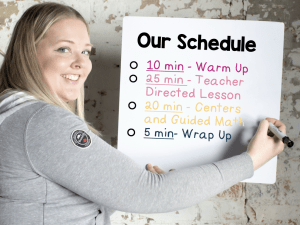
Understanding math basics is essential for students to succeed in their future studies and careers. However, for some students, math can be a difficult task. Here are five steps that can help students break down and understand math concepts so they can solve problems more effectively.
Are your students struggling to understand, work through and correctly solve word problems?
This was the problem that I was facing with my students.
There are many problem-solving strategies, but I found they deal with comprehending the problem. Sort of like finding Waldo within a word problem. But one of the biggest problems was not finding the information but communicating ideas and planning how to solve the problem. I needed more than simply circle….underline…and box some words inside a word problem.
So what strategy can you use?
I prefer using the CHASE method for problem-solving. This is a method I developed and used in my classroom.
Understand the Math Problem.
The first step to understanding a math problem is to clearly comprehend what information is being asked. Students should read the problem and questions carefully, recognizing all the numbers, symbols, and equations. Once they understand the context of the question, they can break it into smaller parts that are easier to solve.
To do this, I want them to circle the question. Part of understanding the question is deconstructing the question. Since most math problems are structured with the math problem’s question, goal or purpose of the math problem, and the known and unknown factors you will need to solve the word problem, the first step is knowing your goal.

Once they find the question, it is time to figure out what the question asks them to do. Comprehension of what the question is asking is essential.
To help, one strategy is to look for the key vocabulary words within the question. You can help students do this by co-creating this anchor chart with students, giving them an idea of different words used to mean which operation. You can grab this template with your free Educators account on Canva here.
Hunt for the Clues
Assemble An Action Plan
After students have identified the keywords and any unknown information, they should make a plan for solving the problem. This includes outlining what steps must be taken and the order in which they should be completed.
Making a plan can decrease frustration by helping students break down a daunting task into smaller chunks that are easier to manage. With this written plan as a reference, it will also be easier for them to remember which formulas to use when solving the problem.
One of the biggest difficulties is not identifying the first two steps but students don’t know how to choose a strategy or make an action plan. In this stage, students combine two things:
First, they need to ask themselves a few questions:
- How will the facts help me answer the question
- What do I not know
- What do I need to do first…second…etc
- Which strategy do I need to use

I often find students easily overwhelmed, thinking they need to do everything at once. I often ask them “If you had a pool party would you grab a sandwich and jump in the pool at the same time?”This idea grosses them out. This works for this example. Students need to realize that there be multiple steps to solving a problem and that they should do these things one at a time.
To help them solve math problems, we must first make a plan of action to solve the problem one step at a time.
Solve the Problem
Another decision they need to make is how they will solve it.
Clearly and explicitly showing students different ways to solve problems is important to help them better understand strategies to use when solving problems.
- Students will choose what operation to use.
- Students will also have to decide which strategy or algorithm they will use.
- Finally, students will need to show.
This is also the time when the dreaded debate with students on showing work. This year I am not using the phrase “show your work”; instead, I am using “make your thinking visible”. I am finding that this is helping students realize that I want all the great math being done in their heads somehow represented or explained on paper.
Explain Your Answer
Finally, students will summarize what they have done and answer the word problem by explaining what their answer is in the context of the problem.
After students have worked out their solution to the math problem, they should take the time to explain exactly how they arrived at the answer. This can include detailing each step in their approach and describing any formulas used. Writing down this final step also proves they understand how they came up with their solution, which is especially important on tests or written projects. Explaining answers also reinforces student learning by letting them go back and see where mistakes were made, so they don’t repeat them in the future.
This is a statement of their answer using the keywords from the question.
Do you want to help your students with math but don’t want to create everything yourself? Check out the CHASE Math Problem strategy and implement it in your classroom.
Find it here
If you are tired of reinventing the wheel and want a done-for-you math program that includes everything you need from warmups, centers, math journal, guided math and inquiry math prompts every week all year long, then check out my Ignited Math Program


Want to hear more from Patti? Check out her blog or find her on Facebook and Instagram!






